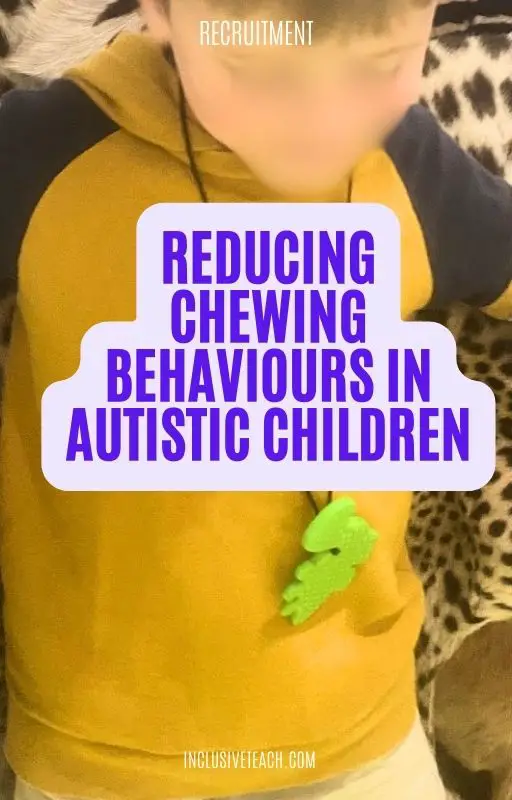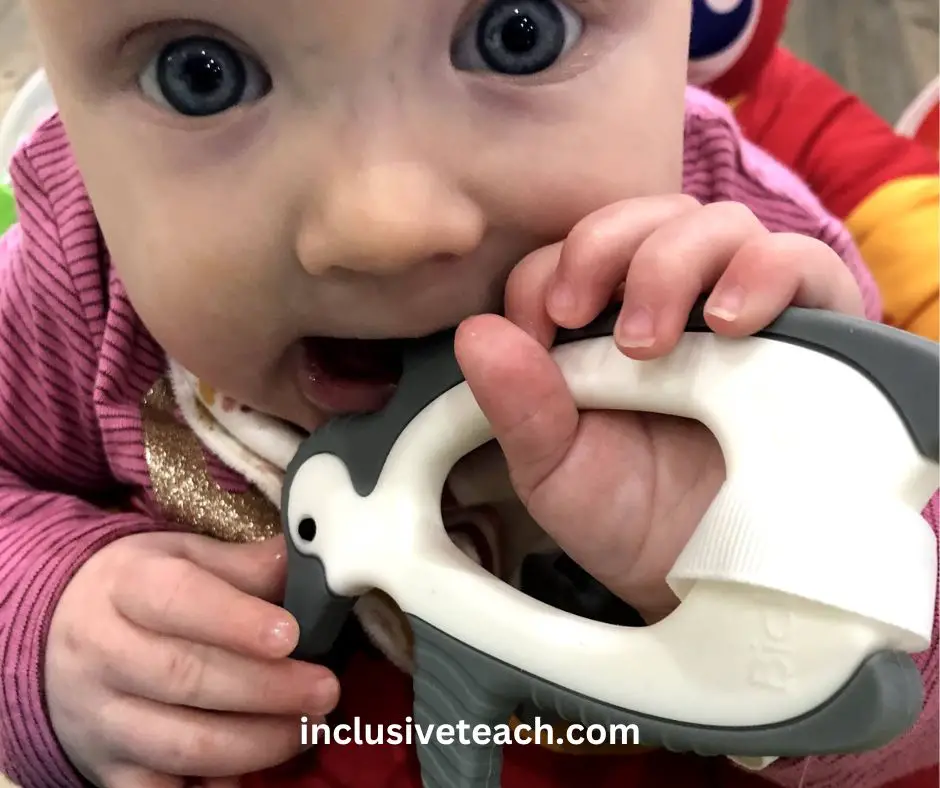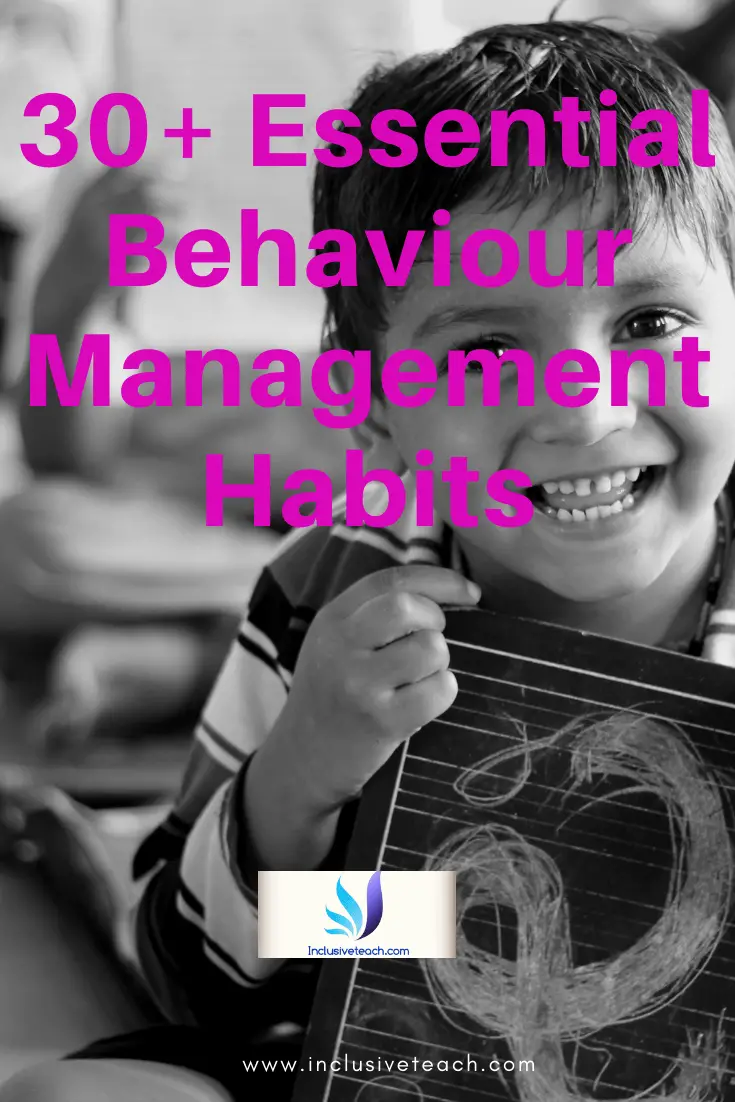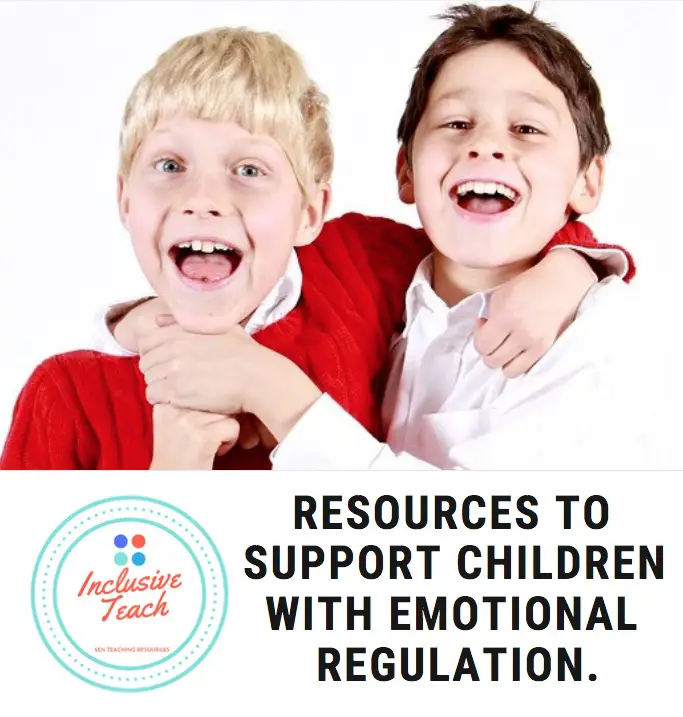Reducing Chewing Behaviours in Autistic Children
Reducing Chewing Behaviours in Autistic Children: A Neurodiversity-Affirming Approach
Chewing behaviours are common among autistic children and individuals with Sensory Processing Disorder (SPD). These repetitive actions, such as chewing on clothing, biting pens, or random objects, often serve as a self-soothing mechanism. As educators, parents, and caregivers, it’s essential to understand the underlying reasons behind these behaviours and provide supportive strategies that respect the child’s sensory needs and that do not belittle or undermine their neurodiverse traits. It is worth either doing a short sensory assessment or a functional behaviour assessment to try and find out the driver of this behaviour. The results of these will guide
Understanding Oral Fixation
Oral fixation is classed as a stimming—self-stimulating behaviour involving repetitive physical movements or noises. For many autistic individuals, stimming provides a calming and comforting effect, helping regulate emotions and manage stress. It’s essential to recognise that oral fixation is a normal part of early childhood development. As they explore their world, babies tend to put various objects in their mouths. However, some autistic children may continue this behaviour unless alternative strategies address their oral sensory needs. Neurodivergent individuals face unique challenges, and their experiences should be acknowledged and respected. By using neurodiversity-affirming language, we promote understanding, acceptance, and empowerment. Let’s explore practical tips for reducing chewing behaviours

Safe and effective chewable alternatives for autistic children
There are so many more options now than when I started teaching. Almost to the point of “Chewellery” and similar resources being normalised in school environments. Below are some suggestions that you can use for your child.
Chewy Tubes/Chew Necklaces:
- These are soft, textured tubes or necklaces made from silicone, rubber, or safe plastics designed specifically for chewing.
- They come in various textures (smooth, bumpy, ridged) and can be worn as a necklace or held in the hand.
- Popular brands include Chewigem, Chewy Tubes, and ARK Therapeutic.
Oral Motor Tools:
- Tools designed to provide oral-motor input and support speech development.
- Examples include textured chew brushes, chewy tubes with varied resistance levels, and silicone chewable stems.
- Brands like Ark Therapeutic (USA) and Sensory Direct (UK) offer a wide range of oral-motor chewables.
Food-Grade Chewable Jewelry:
- Necklaces, bracelets, or pendants made from food-grade silicone or soft, non-toxic materials safe for chewing.
- These can be chewed on discreetly and come in various colors and textures.
- Examples include Chewable Charm necklaces and MotionBendableWEAR bracelets.
Chewable Pencil Toppers:
- Textured pencil toppers or grips made from safe, chewable materials.
- Helps redirect chewing behaviours from pencils or pens to an appropriate chewable surface.
- Popular options include ARK’s Grabbers and Chewable Pencil Toppers.
Teething Toys:
- While designed for babies, some teething toys can be effective chewable options for autistic children.
- Look for durable, non-toxic teething rings or toys made from silicone, rubber, or solid plastic.
- Brands like Nuby, Comotomo, and Green Sprouts offer a variety of teething chewable.

It’s important to supervise children when using chewable alternatives and ensure they are age-appropriate (where applicable) and sized appropriately to prevent choking hazards. Additionally, regularly inspect chewables for wear and tear and replace them as needed. Consulting with an occupational therapist can also help identify the most suitable chewable options tailored to each child’s specific sensory needs and preferences. You may need to invest in a range of these to start with until your child finds one that meets the need.
Practical Strategies for Parents to Reduce Chewing
Provide Safe Alternatives:
- Offer objects specifically designed for chewing. These can include chewy tubes, silicone necklaces, or textured teething rings.
- Ensure that the alternatives won’t become damaged or cause injury if chewed excessively.
- Redirect the child’s focus from clothing or unsafe items to the designated chewables.
- Rotate chewable options regularly to maintain interest and avoid habituation.
Adaptive Clothing:
- Consider adaptive clothing designed to withstand chewing and protect skin.
- Look for reinforced seams, durable fabrics like denim or canvas, and hidden closures.
- Adaptive clothing reduces the risk of ruining regular clothes and promotes independence.
- Consult with therapists or online communities for recommended adaptive clothing brands.
Replace Chewing with Alternative Activities:
- Identify the child’s sensory needs. Is the chewing related to anxiety, sensory seeking, or boredom?
- Offer sensory-rich activities like fidget toys, stress balls, textured surfaces, or oral motor exercises.
- Engage the child in activities they enjoy, such as swinging, jumping on a trampoline, or playing with sensory bins.
- Provide heavy work activities like pushing, pulling, or carrying weighted objects to meet proprioceptive needs.
Visual Supports:
- Create visual schedules or social stories to explain appropriate chewing behaviors.
- Use pictures or symbols to reinforce positive alternatives and when/where chewing is allowed.
- Visual cues help autistic children understand expectations and follow routines.
Collaborate with Occupational Therapists:
- Consult with occupational therapists who specialize in sensory integration and autism.
- They can recommend personalized strategies, sensory diets, and oral-motor exercises.
- Occupational therapists also address underlying sensory issues and provide helpful tools.
Environmental Adaptations:
- Create a designated “chewing zone” with a comfortable spot and accessible chewable options.
- Use visual boundaries or labels to clearly define this space.
- Offer chewable alternatives when transitioning from the chewing zone to other activities.
Positive Reinforcement:
- Praise and reinforce the child when they use appropriate chewing alternatives.
- Provide rewards or preferred activities to encourage desired behaviors.
- Celebrate small successes to build confidence and motivation.
Be Patient and Consistent:
- Understand that changing habits takes time (Weeks to months) and consistency.
- Involve the entire family and care team in implementing the strategies.
- Regularly assess the effectiveness of strategies and make adjustments as needed.

How do I Introduce & Encourage the use of Alternatives Chews?
Introducing and encouraging chewable alternatives to autistic children requires patience, consistency, and a positive approach, don’t let initial refusal stress you out. Here are some helpful tips
- Start with Familiarity:
- Observe your child’s current chewing habits and preferences (textures, shapes, materials).
- Choose chewable alternatives that closely resemble the items they are already drawn to chewing.
- Gradual transitions from familiar items to safer alternatives can be more successful.
- Make it Engaging:
- Present the new chewable alternatives excitingly and positively.
- Incorporate the child’s special interests or favourite characters to make the items more appealing.
- Consider allowing the child to choose their preferred colours or textures.
- Model and Demonstrate:
- Show your child how to use the chewable alternatives correctly and safely.
- Demonstrate the desired chewing behaviour with the new items.
- Involve peers, siblings, or classmates in modelling the appropriate use.
- Incorporate Choice and Variety:
- Offer a selection of chewable alternatives and allow your child to choose their preferred option.
- Rotate the available options regularly to maintain interest and prevent habituation.
- Environmental Cues:
- Place chewable alternatives in visible and accessible locations as reminders.
- Use designated “chewing zones” or areas where chewing is allowed and encouraged.
- Provide visual cues or labels in these areas to reinforce their purpose.
- Involve the Child:
- Ask for your child’s input and preferences when selecting new chewable alternatives.
- Encourage them to participate in the process of choosing or customizing their chewable items.
- This sense of ownership can increase motivation and engagement.
Final Thoughts
Remember, introducing new chewable alternatives may take time and patience. Consistency, positive reinforcement, and a supportive environment are key to helping autistic children develop healthy chewing habits and self-regulation skills.







